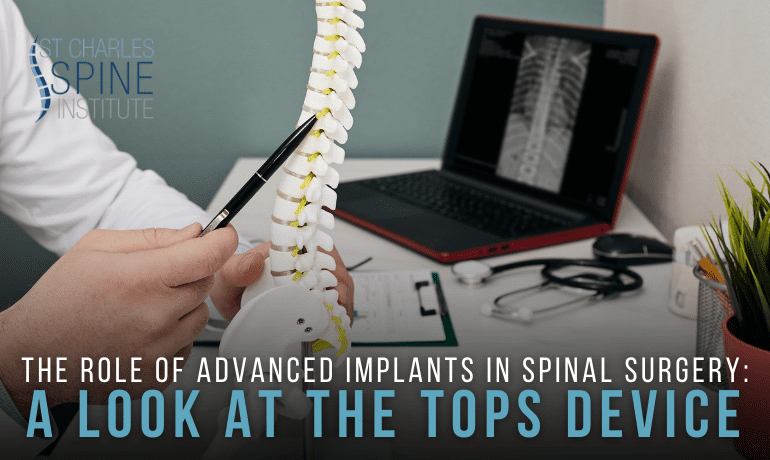The Role of Advanced Implants in Spinal Surgery: A Look at the TOPS Device

Spine problems can be extremely debilitating, causing pain with movement and making daily tasks difficult, whether bending down to put on a pair of shoes or reaching up to grab a glass out of the cupboard. Basic functions like walking, sitting, and even sleeping can become occasions for discomfort, significantly inhibiting your quality of life.
St. Charles Spine Institute is dedicated to offering patients solutions for spinal conditions that affect mobility and cause pain. We know how important spinal health is, and our desire to help patients improve their condition so they can live the best life possible, free of pain, is the reason we are continually seeking innovative and effective therapies.
One of the most promising advancements in spinal surgery is using advanced implants, such as the TOPS (Total Posterior Spine) Device. The TOPS device provides an alternative to traditional spinal fusion for patients who suffer from specific spinal debilities. Below is an explanation of the role of advanced implants in spinal surgery and how the TOPS Device is transforming treatment for spinal stenosis and degenerative spondylolisthesis.
Using Advanced Implants in Spinal Surgery
Lumbar spinal stenosis and degenerative spondylolisthesis are spinal conditions that can cause severe pain, nerve compression, and reduced mobility.
Spinal stenosis is when a part of the spinal canal, through which the spinal cord and nerves run, narrows. It can occur due to aging, arthritis, bone spurs, injury, or a herniated disc. When the canal narrows, it may press on the spinal cord and nerves, causing pain, numbness, or weakness in the limbs.
Spondylolisthesis describes the condition when one vertebra in your spine slips out of place, causing it to be out of alignment with the adjacent vertebra. It may arise due to aging or injury, or it may be caused by a congenital condition, osteoporosis (weakening of the bone), or a tumor.
Traditionally, spinal fusion has been the standard surgical option for stabilizing the spine and relieving symptoms of these conditions. Spinal fusion is when two or more vertebrae are fused together. While fusion relieves pain, it inhibits mobility of that one segment of the spine. The other areas compensate to preserve the spine’s mobility. Consequently, fusion can potentially lead to early wear of the adjacent levels in the spine.
Today, advanced spinal implants like the TOPS Device can provide spinal stability for these conditions, eliminating the pressure on the nerves and spinal cord while preserving natural motion.
What Is the TOPS Device?
The TOPS Device is an FDA-approved implant designed to replace the function of the posterior elements of the spine while allowing controlled motion. Unlike spinal fusion, which permanently joins vertebrae, the TOPS Device replaces a damaged vertebra and functions as a healthy one, enabling flexion, extension, lateral bending, and axial rotation. The TOPS implant is designed to restore the mobility that the damaged vertebra inhibited.
The TOPS device is primarily used for patients suffering from the conditions above: lumbar spinal stenosis (that is, stenosis in the lumbar, or lower back, part of the spine) and degenerative spondylolisthesis.
Benefits of the TOPS Device Over Spinal Fusion
The TOPS implant offers several advantages for stenosis and spondylolisthesis patients:
- Minimally Invasive Approach: Because the implantation procedure can be performed through minimally invasive techniques, patients experience less tissue damage, may avoid hospital stays, and have accelerated recovery periods.
- Preservation of Motion: Unlike fusion, the TOPS Device allows motion similar to the natural spine, helping patients resume a natural range of movement following recovery.
- Reduced Adjacent Segment Disease (ASD): By allowing controlled motion, the device may reduce the stress placed on adjacent vertebrae, lowering the potential risk of further degeneration.
- Improved Long-Term Outcomes: Studies indicate that patients with the TOPS Device may experience better long-term spinal function and lower revision surgery rates.
The Future of Advanced Spinal Implants
The development of motion-preserving spinal implants like the TOPS device represents a major step forward in spine surgery. As technology develops, implants like the TOPS Device offer hope for patients seeking effective treatments that prioritize stability and movement.
Patients with lumbar spinal stenosis or degenerative spondylolisthesis who have not found relief with conservative treatments may be candidates for the TOPS Device. A comprehensive evaluation, including imaging tests like MRI, X-rays, and CT scans, will help determine if this approach is appropriate for you. If you are suffering from back pain and want to learn whether the TOPS device may suit your condition, contact St. Charles Spine Institute in Thousand Oaks, California to schedule a consultation. Let’s explore whether we can help you regain an active, pain-free life.
